|
Icon
|
Project type and supervisor
|
Project title and brief description
(Click title for details) |

|
Data analysis with
Sean Brannon
|
Flare Ribbon Substructure with IRIS
Flare ribbons are characteristic signatures of solar flares, and are an indirect consequence of
the magnetic reconfiguration (known as reconnection) occurring higher in the solar atmosphere. The large and small
scale structure of a flare ribbon as it evolves encodes information about conditions in the reconnection region. In
this project, we will use observations taken with the Interface Region Imaging Spectrograph (IRIS) to identify flare
ribbons which display evolving substructure and perform a preliminary imaging and spectral analysis on each event.
|
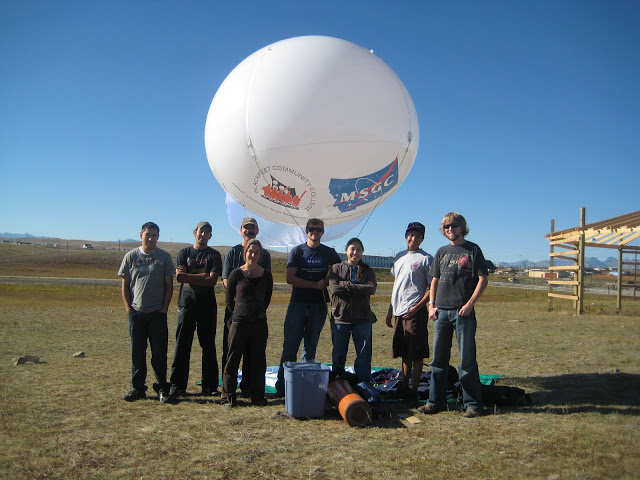
|
Data analysis with
Angela Des Jardins
|
Near Space Total Eclipse Solar Science
Approximately 60 student teams from colleges and universities
across the country will conduct high altitude balloon flights
from along the total eclipse path on August 21, 2017, sending
live video and images from near space to the NASA website.
This project will explore possible science questions using these
observations from 80,000 - 100,000 feet in altitude, and how to answer
those questions.
|

|
Data analysis with
Ying Li
and
Jiong Qiu
|
Dynamics of Solar Flare Loops: Spectral Diagnostics
Solar flares are energetic events in the solar atmosphere. The eruption of a solar flare releases
energy and leads to plasma heating, particle acceleration, waves, mass flows, etc.. Mass motions
are dynamic response to the flare heating and also plasma cooling in different evolution stages,
represented by evaporation and condensation in the chromosphere and also plasma draining in the corona.
In this project we will study these mass motions and their evolution throughout a solar flare.
|
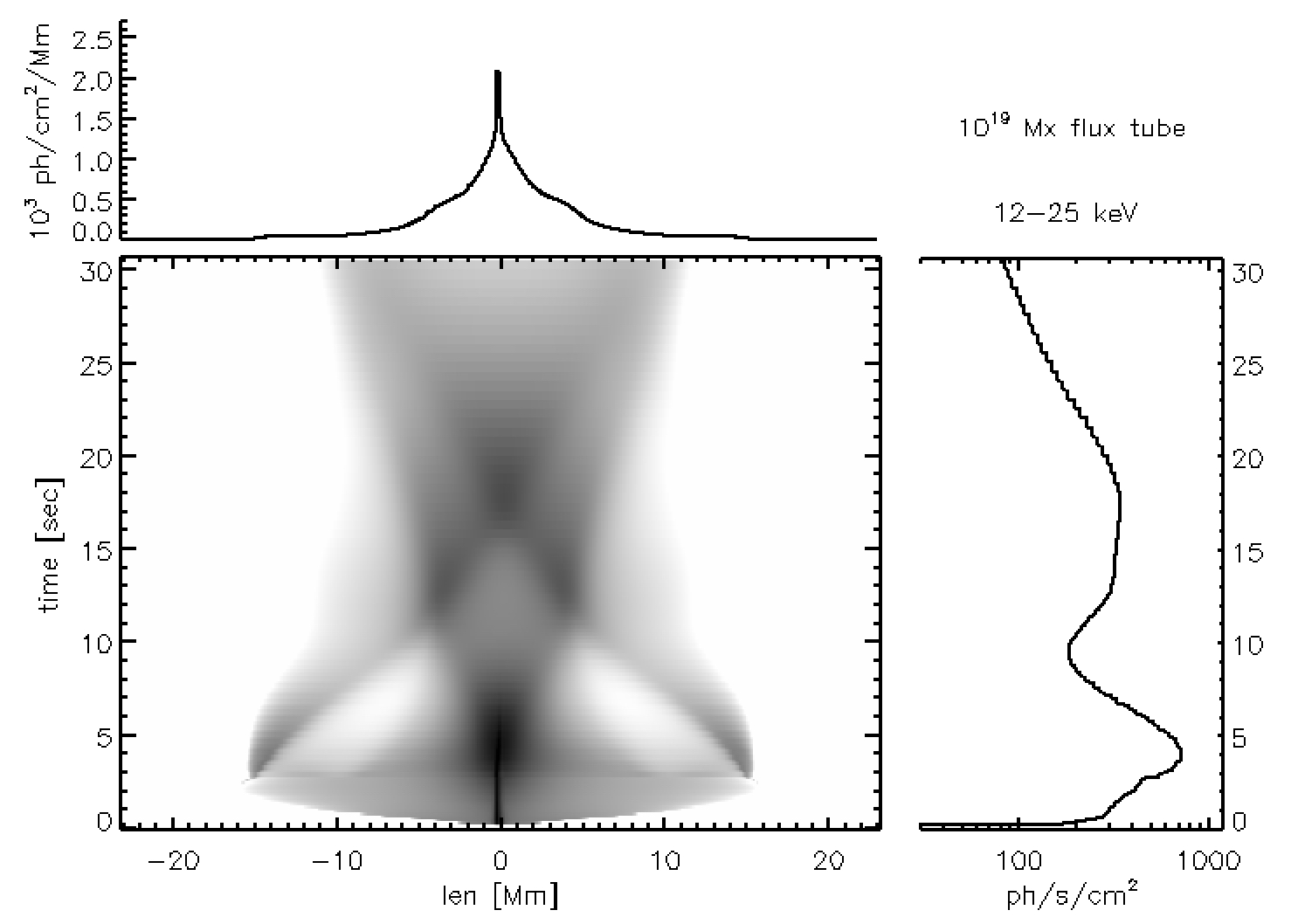
|
Modeling with
Dana
Longcope
|
Simulating A Solar Flare
Solar flares occur when a large amount of energy is converted into X-rays, heat, and supersonic fluid motion. Prior
to the flare this energy is stored as magnetic field filling the atmosphere above sunspots and related features called
active regions. The energy is released suddenly when an electric field changes the connectivity of several coronal
magnetic field lines, which then retract rapidly. The fluid in these field line moves faster than the speed of sound
and therefore creates shocks, which are believed to heat the plasma to tens of millions of Kelvins. In this project
we will run numerical simulations to model this process.
|
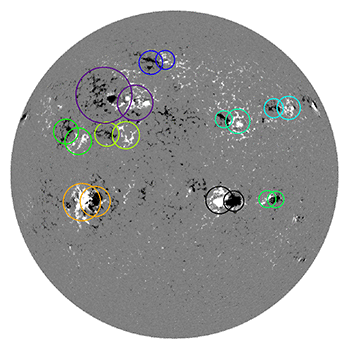
|
Data analysis with
Andres Munoz-Jaramillo
and
Dana Longcope
|
Detection of Magnetic Regions in the Sun
Sunspots are manifestation of strong magnetic regions in the Sun. The number of these magnetic regions changes with the solar cycle, and their collective effect keeps the solar cycle going. Systematically monitoring these magnetic regions is very important for understanding how the solar cycle works. In this project, student will create a long-term detailed database of magnetic regions to study the solar cycle.
|
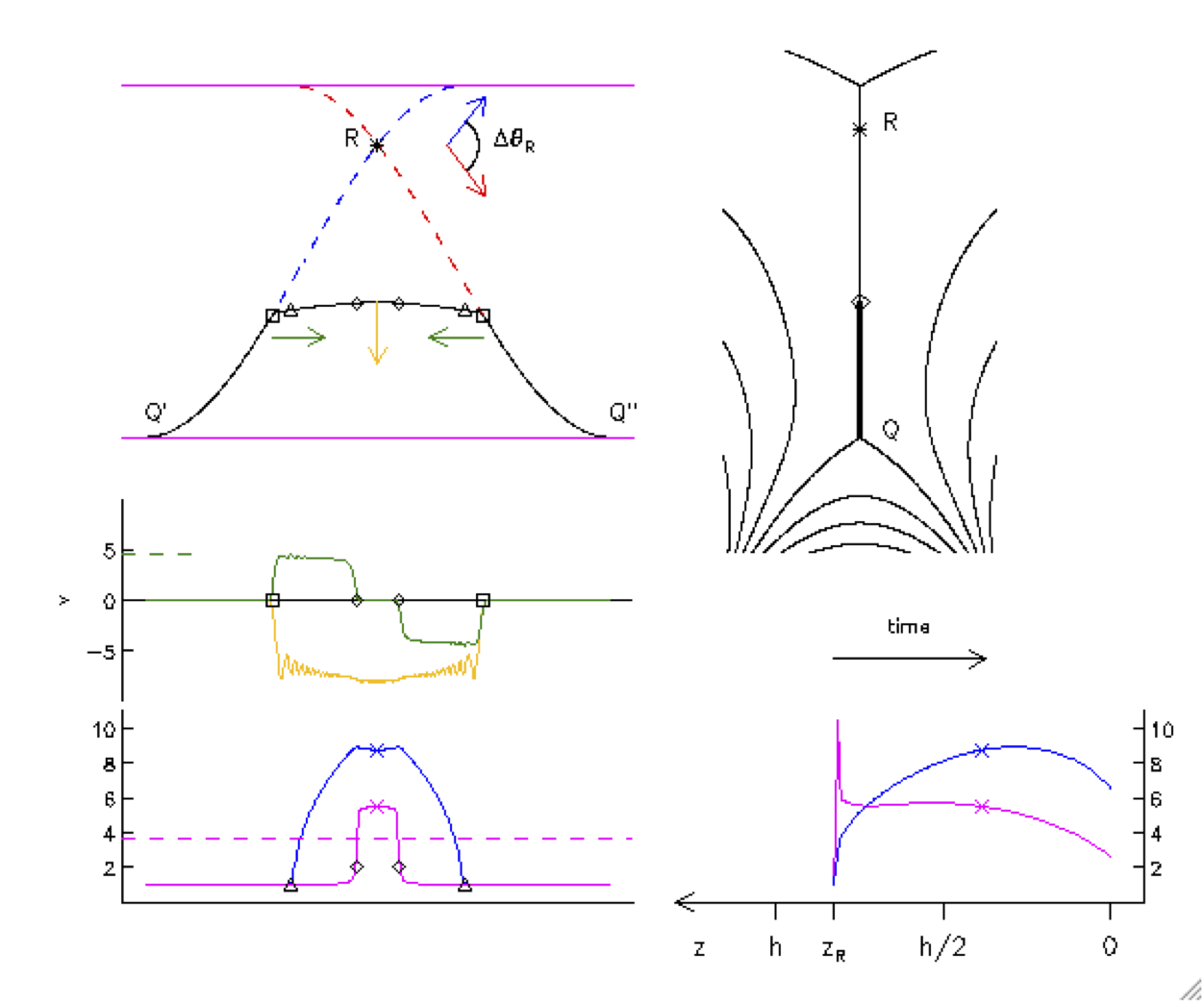
|
Modeling with
John Unverferth
and
Dana Longcope
|
Modeling the Effects of Magnetic Field Variation on Solar Flares
Solar flares occur when a large amount of energy is converted to heat and fluid motion. Prior to the flare this energy is
stored in a magnetic field filling the atmosphere. The energy is released suddenly when an electric field changes the
connectivity of magnetic field lines in the corona. Solar flares occur in field lines which are weakest at the apex, and
stronger at the feet. In this project, student will model magnetic energy release to understand the effects of this magnetic
field variation on flare characteristics.
|
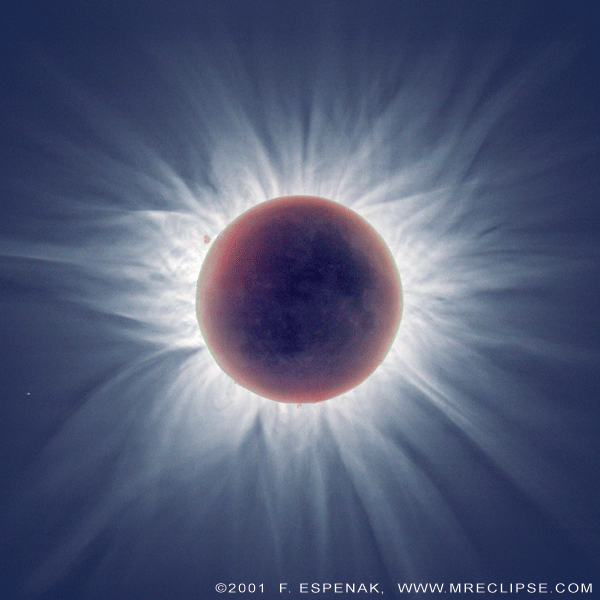
|
Optical instrumentation with
Joe Shaw
|
Optical Instruments for Solar Eclipse Measurements
During a solar eclipse, the brightness and polarization of skylight is altered
dramatically. Clear-sky radiance should be reduced by at least four orders of magnitude, while
the polarization pattern should become azimuthally symmetric, centered at the zenith.
Students on this project will help design and build instruments to observe an upcoming
total solar eclipse in 2017. Students also will work with modeling and measuring
atmospheric optical radiation.
|
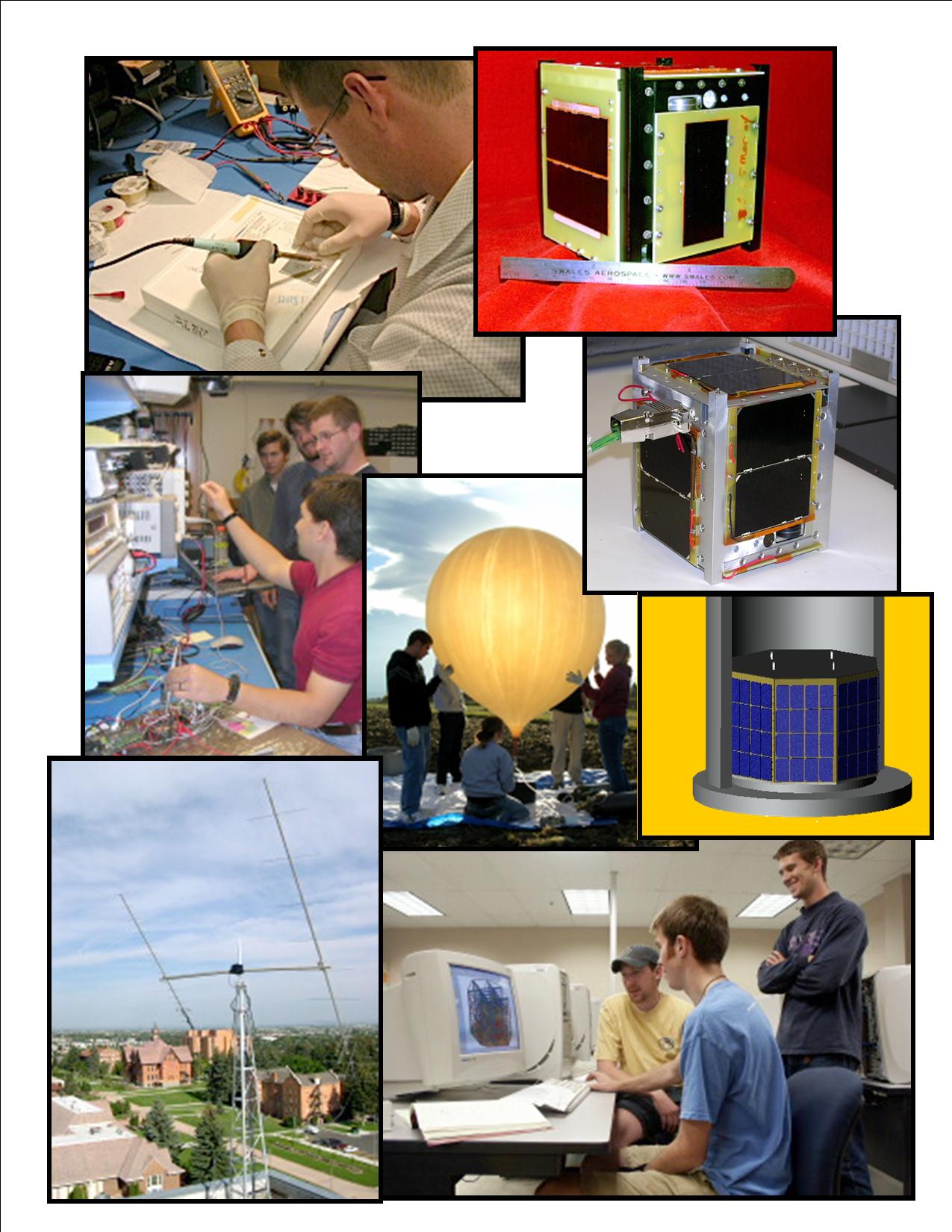
|
Hardware development with
David
Klumpar
and
John Sample
|
Space Hardware Development: Space Flight Systems for Space Science
Join our Small Satellite Team for Summer 2016! MSU's Space Science and Engineering Laboratory (SSEL) involves science and engineering students in highly responsible roles associated with the development of space flight systems for scientific applications. The student(s) will develop spaceflight hardware through design, development, and testing as a member of an interdisciplinary project student team. Participants must be U.S. citizens.
|






